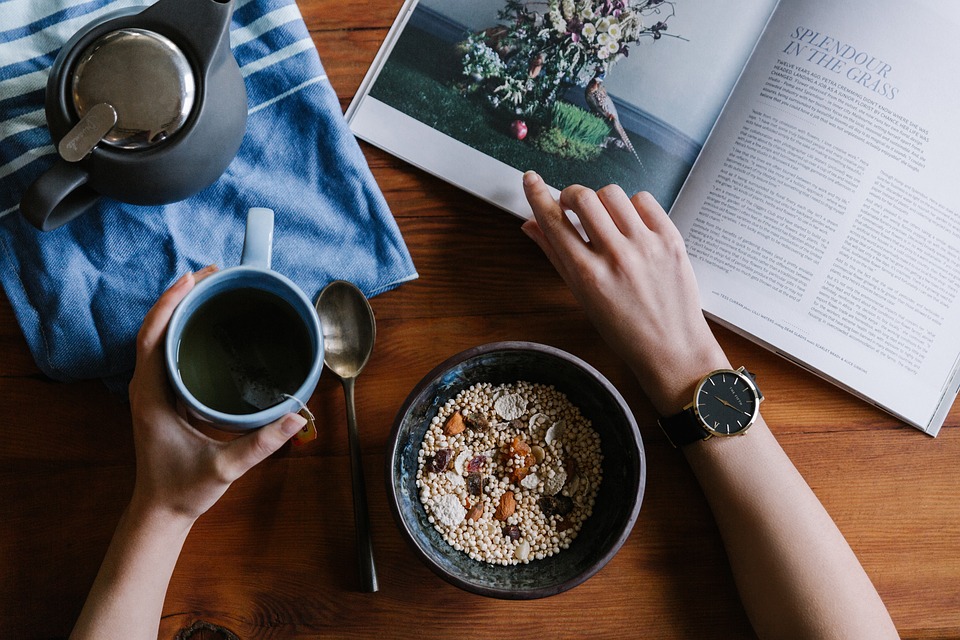The zany rituals of Rafael Nadal
Rafael Nadal, considered one of the best tennis players of all time, is known for his many zany rituals. Consider, for instance, he always has two drinks with him, a sports drink and a bottle of water. The two bottles are placed at his feet by the sideline bench. One in front of the chair to his left, the other neatly placed behind it on a diagonal towards the side of the court he’s playing on.
According to Nadal, “it’s a way of placing myself in a game, ordering my surroundings to match the order I seek in my head.”
There are countless examples of these peculiar athlete rituals. But it’s not limited to just the professional sporting world. Rituals happen anywhere performance takes place. Actually, I’d argue that rituals happen anywhere humans take place. We are a ritual species. We are Homo ritualis.
The purpose and meaning of rituals
Why are these zany and silly behaviors so pervasive? On the surface, they’re superfluous, a waste of our time and effort. A basic economic cost/benefit analysis tells us that rituals are an opportunity cost that deliver little to no value. When the advanced and fully autonomous robots of the future observe our behaviors, they’ll wonder about the peculiar ritualistic tendencies of us humans.
But robots and hyper-rational models aside, we know at the heart of it, that rituals deliver immense value. They are, as many scholars have argued, the greatest source of value, meaning, and purpose for us in our life.
As pointed out in the beginning, one such
purpose of ritual is that they play a crucial role in regulating our emotions
and performance behaviors. They help us run faster, jump higher, think more
deeply, and solve more quickly. But how exactly
do they do this? The answer, according to my new research, lies in the brain and its ability to handle performance anxiety and
failure.
The empirical test
My collaborators and I did a study where we predicted that rituals help us perform better by controlling our anxiety and minimizing the brain’s sensitivity to personal failure.
To test this, we had participants complete a ritual at home, once a day for a week. The ritual, which we created in the lab, was comprised of a series of highly repeated and ordered action sequences. The actions were meant to approximate the rituals we see in real life, similar to Nadal’s bottle placement practice.
After the one week, participants came into the lab where we measured their brain activity. While hooked up, they completed two rounds of a performance task – one round before the ritual and another after. We told them that they would lose money the more mistakes they made on the task.
As the participants performed, we tracked their brain activity using an EEG machine, specifically in response to a performance failure (the times when they lost money). As we recorded the brain’s response, we pinpointed the neural signal related to performance anxiety and the experience of failure.
The question for us was whether or not doing the
ritual was enough to “turn down” the dial on the brain’s performance anxiety
system during the moments of failure.
Ritual and reducing performance anxiety in the brain
In support of our initial thinking, we found the brain showed reduced activation in response to these personal failures, but only after completing the ritual.
In other words, we showed that rituals desensitize the brain’s anxiety-related reaction to error, mitigating the negative experience of personal failure. This is critical because “failure” always happens (sorry to burst your bubble, you perfectionists out there). And so, given that failure is inevitable, it’s much more important that we have systems in place that help our brain to respond to failure in a more measured and balanced way.
This is where our personal rituals come in: They can help turn down the brain’s anxiety dial and get us to push on, push on, and then push on some more.
Creating a personal ritual
Rituals aren’t reserved for world-class athletes. We all perform on some level every single day – as employees, manager leads, teammates, and parents. Whichever your performance role, having a ritual can be a highly effective tool to ensure your brain responds to failure in an adaptive way. If you’re looking for ways to find greater well-being, or to reach your peak mental performance, or to respond more favorably to work stresses, then you need to create a personal ritual.
Here are a couple tips for you to try:
– Start the day off with a ritual. Rituals appear to be particularly important in the morning because they serve as a fresh start. Tim Ferriss and other high-performing entrepreneurs do these rituals as it helps them win the morning and ultimately win the day. The science is now showing this to be true. A successful ritual (task 1 of the day) means your confidence will carry over into all the other tasks that come up.
– End the day with a ritual. What might be best here is a reflective-type practice, which allows you to look back on the day’s events and evaluate how things went. A gratitude exercise is one example.
Perhaps most important, be sure the ritual is your own. Make it personally meaningful. The beauty about these behaviors is that they can be created from just about anything.
If you already have one that you know works for you, I’d be curious to hear about it in the comments section!
What is your personal ritual that helps you thrive? And remember, the zanier the better.
If you’re interested in learning more about rituals and other action-packed tactics that foster self-growth and peak mental performance, come visit me here!


